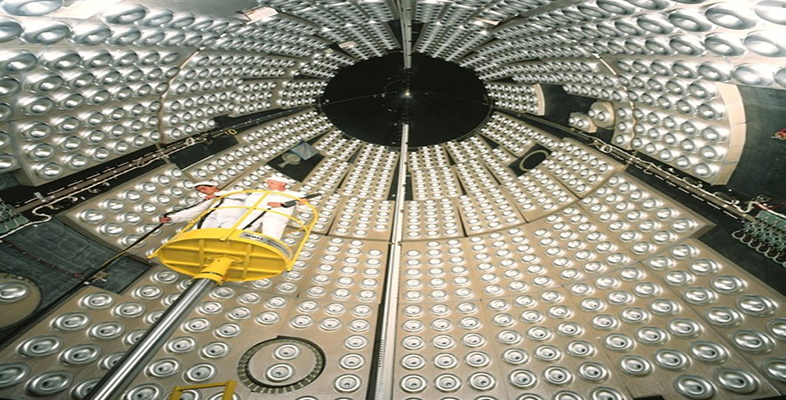5.3 Technology (research) push
The push model assumes that the source of technological innovation is through formal research and development (R&D) and that when the outcome (whatever it may be) has been developed and then produced/manufactured, it is then ‘pushed’ by marketing and sales out into ‘the market’. This is basically a very simple linear innovation process (Figure 2).
In many ways it is unsurprising that the ‘push’ model of innovation became popular at a certain point in time because it accurately reflects a process that became commonplace in the two decades after the Second World War (Dodgson et al., 2008). This was a period when a strongly deterministic belief in technology (and science) was at its peak, with the dominant view being that technological development was inevitable and almost always positive, and that scientific and technological advances could solve most of the world’s problems. This led governments actively to promote and support scientific and technological innovation, through direct support for R&D programmes (often in government-owned centres) and through support to universities. This is the basis for many of the government-run, -sponsored or -supported systems of innovation that still operate in many countries.
Commercial organisations – particularly in manufacturing – also played a key role in R&D as they sought to respond to the post-war boom in demand for consumer goods, such as fridges, washing machines, electronics and cars. Government and industry came together to respond to the ‘Cold War’ by pouring money into R&D in the defence industries (e.g. aircraft, ships, vehicles, armaments, munitions and electronics) and, later, space programmes. As Rothwell (1994) notes, the focus on scientific discovery and R&D as the primary drivers of innovation over this period led to the ‘first generation, or technology push, concept of innovation [that] assumed that “more R&D in” resulted in “more successful new products out”’ (Rothwell, 1994, p. 8).
It is during this period that we begin to see the development of products with the potential for domestic application being ‘spun out’ of industrial innovations and inventions. One well-known example is Teflon, a trademarked brand name of PTFE, a highly ‘non-stick’ substance discovered by accident in 1938. Its use in industrial and military settings was extended to domestic applications in 1954 when it was used to provide a non-stick coating for cooking pans and utensils – the Tefal brand we still see today.
